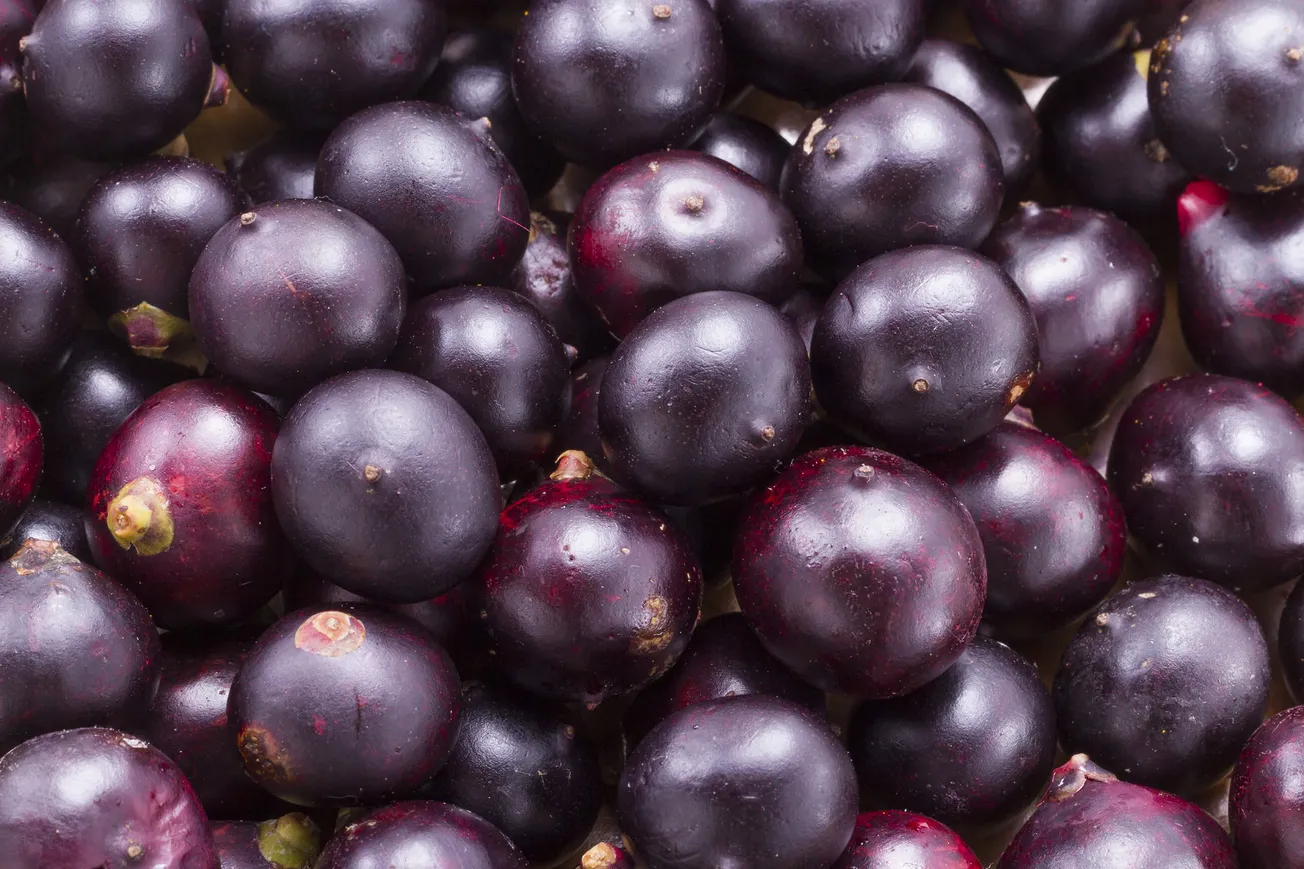Table of Contents
Oranges: A Citrus Symphony of Flavor, Nutrition, and Global Commerce
From sun-drenched groves to kitchen tables worldwide, oranges (Citrus × sinensis) are a vibrant symbol of health and culinary versatility. This article explores their global varieties, nutritional prowess, cultivation secrets, economic impact, and endless uses in cuisine.
1. Global Varieties of Oranges
Oranges boast diverse cultivars, each with distinct flavors and uses:
- Navel: Sweet, seedless, and easy to peel (popular for fresh eating).
- Valencia: Juicy and tangy; ideal for juicing (dominant in global juice production).
- Blood Orange: Ruby-red flesh with berry-like notes (used in gourmet dishes and cocktails).
- Seville: Bitter and aromatic; key for marmalades and liqueurs.
- Cara Cara: Pink-fleshed, low-acid, and subtly sweet.
- Mandarin (a close relative): Includes varieties like Satsuma and Clementine (easy-peel snacks).
2. Taste & Culinary Uses
- Flavor Profile: Ranges from honey-sweet (Navel) to tart-bitter (Seville).
- Usage:
- Fresh: Eaten whole, added to salads, or segmented for desserts.
- Juicing: Fresh-squeezed juice, smoothies, or cocktails (e.g., mimosa).
- Cooking: Zest in baked goods, glazes for poultry, or orange-infused olive oil.
- Preserves: Marmalade, candied peel, and syrups.
3. Nutrition & Health Benefits
- Nutritional Value (per medium orange, ~131g):
- Calories: 62 | Fiber: 3.1g (12% DV) | Vitamin C: 92% DV | Folate: 10% DV
- Glycemic Index (GI): 40–45 (low), suitable for steady blood sugar levels.
- Health Benefits:
- Immune Support: High vitamin C boosts white blood cell production.
- Heart Health: Flavonoids like hesperidin reduce inflammation and improve circulation.
- Skin Vitality: Antioxidants combat free radicals, promoting collagen synthesis.
4. Cultivation & Climate Requirements
- Ideal Conditions:
- Climate: Subtropical to tropical (13–37°C); frost-sensitive.
- Soil: Well-drained, sandy loam; pH 6.0–7.5.
- Water: Requires consistent irrigation (900–1,200 mm annually).
- Pollination: Mostly self-pollinating, but bees enhance yield in hybrid varieties.
5. Major Producers, Exporters & Importers
- Top Producers (2023):
- Brazil (15+ million tons; leads juice exports).
- USA (Florida and California; 4.5 million tons).
- China (7.5 million tons; domestic-focused).
- Spain (3.4 million tons; top EU supplier).
- Leading Exporters: Spain, South Africa, Egypt, USA.
- Key Importers: EU nations, Canada, Russia, Middle East.
6. Orange Products & By-Products
- Juice: Concentrate or NFC (not-from-concentrate); Brazil dominates 70% of global trade.
- Essential Oils: Extracted from rinds for perfumes, cleaners, and flavorings.
- Marmalade: Traditional British spread using Seville oranges.
- Pectin: Derived from peels; used as a gelling agent in jams.
- Animal Feed: Dried pulp from juicing residues.
7. Storage & Preservation
- Fresh Storage:
- Room Temperature: 1 week.
- Refrigerated: 2–4 weeks in crisper drawers.
- Freezing:
- Juice: Store in airtight containers (6 months).
- Zest: Freeze in ice cube trays with water.
- Rind Uses: Dry peels for potpourri or candy them for desserts.
8. Orange Rinds in Cooking & Baking
- Zest: Adds brightness to cakes, cookies, and savory dishes.
- Candied Peel: Simmer peels in sugar syrup; coat in chocolate for a treat.
- Cleaning: Use dried rinds infused in vinegar for a natural degreaser.
9. Quick Recipes
- Orange-Honey Glazed Chicken:
- Mix orange juice, honey, soy sauce, and garlic. Marinate chicken; roast at 200°C until caramelized.
- Citrus Salad:
- Toss orange segments, fennel, mint, and olive oil.
10. Return on Investment (ROI)
- Costs: $8,000–$15,000/hectare (saplings, irrigation, pest control).
- Yield: 20–40 tons/hectare in mature orchards.
- Profitability: Juice oranges yield $150–$300/ton; fresh premium varieties (e.g., Cara Cara) fetch higher prices.
11. Challenges & Innovations
- Pests/Diseases: Citrus greening (huanglongbing), aphids, and citrus canker.
- Solutions: Resistant rootstocks, biocontrol agents, precision farming.
- Sustainability: Drip irrigation, organic practices, and circular economy models (e.g., repurposing waste peels).
Conclusion
Oranges are a cornerstone of global agriculture, nutrition, and gastronomy. From Brazil’s vast juice plantations to Spanish marmalade traditions, this citrus marvel bridges cultures and cuisines. Whether sipped as morning juice, zested into a cake, or transformed into aromatic oil, oranges continue to invigorate palates and economies alike.
Dessert Idea: Chocolate-Dipped Candied Orange Peel
- Boil orange strips in sugar syrup, dry, and dip in dark chocolate. A bittersweet delight!
Savor the zest of life with oranges! 🍊








